Water parks offer fun, but they can also pose risks. Each year, thousands of people get hurt at these parks. This article will teach you about common water park injuries and how to prevent them.
Learn how to stay safe and enjoy your visit.
Key Takeaways
- Water parks pose risks, with 31.5% of injuries occurring on waterslides, 21.9% in pools, and 46.6% on wet surfaces, according to a study of 73 patients.
- Common injuries include spinal trauma (20.5%), head trauma (21.9%), and maxillofacial trauma (20.5%), highlighting the need for safety measures and following park rules.
- Drowning remains a serious threat, as evidenced by the tragic death of an 8-year-old boy at Knoebels Crystal Pool in 2022, emphasizing the importance of constant supervision.
- To prevent injuries, wear proper attire, use waterproof sunscreen with high SPF, stay hydrated, and follow all posted safety guidelines and staff instructions.
- When filing a claim for water park injuries, gather medical records, incident reports, witness statements, and photos to support your case and seek fair compensation.
Common Water Park Injuries

Moving from the introduction, we now focus on common water park injuries. Water parks can be fun, but they also pose risks. A recent study of 73 patients showed that 31.5% of injuries happened on waterslides.
Pools caused 21.9% of injuries, while wet surfaces led to 46.6% of accidents. The most frequent injuries were spinal trauma (20.5%), head trauma (21.9%), and maxillofacial trauma (20.5%).
Other injuries made up 41% of cases.
These numbers highlight the need for safety at water parks. Broken bones, cuts, and bruises often result from slips on wet surfaces. Waterslides can cause back and neck injuries if not used correctly.
Drowning is a serious risk in pools without proper supervision. Sunburns and heat exhaustion are common in hot weather. To stay safe, always follow posted rules and use safety gear like life jackets when needed.
Drowning Incidents
Drowning poses a serious threat at water parks. In 2022, an 8-year-old boy tragically drowned at Knoebels Crystal Pool. This incident highlights the need for constant vigilance, even in shallow areas.
Parents must watch their children closely at all times near water.
Safety is not automatic. It has to be created, maintained, and improved.
Water parks often have large crowds, making it hard to spot someone in trouble. Lifeguards can’t see everything, so personal responsibility is key. Always follow posted rules and use proper safety gear like life jackets.
These simple steps can prevent most drowning incidents and keep your family safe while enjoying the water park.
Slip and Fall Accidents
Slip and fall accidents pose a major risk at water parks. Wet surfaces around pools and walkways create slippery conditions. Guests often rush between attractions, increasing the chance of falls.
These mishaps can lead to cuts, bruises, or even broken bones.
Safety measures help prevent slip and fall incidents. Wearing pool shoes provides better traction on wet surfaces. Walking instead of running reduces the risk of slipping. Guests should shower before entering the water to cut down on germs and slick surfaces.
Park staff must promptly clean up spills and mark wet areas. Following these steps makes water parks safer for everyone.
Diving-Related Injuries
Shifting focus from slip and fall risks, we now address diving-related injuries at water parks. These injuries can be severe and often result from improper diving techniques or unsafe conditions.
The American Red Cross states that safe headfirst diving requires at least nine feet of water depth. Diving into shallow areas or murky waters with hidden objects can lead to serious consequences.
Water parks must post clear signs about safe diving areas and water depths. Guests should follow these rules strictly to avoid head, neck, or spinal cord injuries. Proper swimwear and no diving in shallow spots are essential safety measures.
Water park staff must keep pools clean and well-maintained to prevent accidents from poor visibility or hidden hazards.
Sunburn and Heat Exhaustion
Moving from diving risks, we now focus on sun-related dangers at water parks. Sunburn and heat exhaustion pose serious threats to park-goers. Prolonged sun exposure can lead to painful burns and increase skin cancer risk.
Heat exhaustion occurs when the body overheats, causing symptoms like heavy sweating and dizziness.
To prevent these issues, use waterproof sunscreen with a high SPF. Reapply every 80 minutes, especially after swimming. Wear protective clothing like swim shirts and hats. Stay hydrated by drinking clean water often.
Take breaks in shaded areas during peak sun hours. Watch for signs of overheating in yourself and others, especially children. If symptoms appear, seek medical help right away.
Prevention Tips for Water Park Safety
Water parks offer fun, but safety comes first. Learn key tips to protect yourself and your family from common risks. Our guide covers essential steps to enjoy a worry-free day at the water park.
Dress Appropriately for Water Activities
Proper attire at water parks keeps you safe and comfortable. Wear a well-fitting swimsuit that won’t come loose on rides. Loose clothes can snag on equipment or slow you down in the water.
For extra sun protection, put on a rash guard or swim shirt. These shield your skin from harmful UV rays all day long.
Don’t forget about your feet! Water shoes or flip-flops protect against hot surfaces and sharp objects. They also give you better grip on wet areas. Apply waterproof sunscreen 30 minutes before you arrive.
Reapply every 80 minutes to prevent sunburn. With the right gear, you’ll enjoy a fun and safe day at the water park.
Stay Hydrated and Use Sunscreen
After dressing right for water fun, focus on staying cool and safe from the sun. Bring a reusable water bottle and sip often to avoid getting dizzy or tired. Skip sugary drinks and eat juicy fruits instead.
These steps help prevent heat stroke, a serious risk at water parks. Apply broad-spectrum SPF 30+ sunscreen to all exposed skin. Reapply every two hours, even on cloudy days. This protects against harmful UVB rays that can cause painful burns and long-term skin damage.
Follow All Posted Safety Guidelines
Water parks display safety rules for important reasons. These guidelines help prevent accidents and protect visitors. Read all signs thoroughly before using any rides or attractions.
Pay close attention to height and weight limits for slides and pools. Follow instructions from lifeguards and staff members. They are familiar with the park and can identify potential hazards you might overlook.
Adhering to safety rules protects you and others around you. Avoid running on wet surfaces or diving into shallow areas. Use proper safety gear like life jackets when required. Stay in designated swim areas and avoid restricted zones.
By following these rules, you reduce your risk of injuries at the water park. You also set a good example for other guests, especially children.
Filing a Claim for Water Park Injuries: Documentation Needed
Filing a claim for water park injuries requires solid proof. Gather medical records, incident reports, and witness statements right away. Take photos of the accident scene and your injuries.
Keep all bills related to your medical care and lost wages. These documents help show the park’s fault and your losses.
A personal injury lawyer can guide you through the claim process. They’ll help prove negligence, premises liability, or product defects. Your claim may seek money for medical costs, lost pay, and pain.
In cases of extreme misconduct, you might ask for extra damages. Good records boost your chances of fair compensation.
FAQs on Water Park Safety
Water parks often have rules to keep guests safe. Knowing these rules can help you avoid injuries and have more fun.
Are There Any Age or Height Restrictions for Rides?
Water parks often set age and height limits for rides to keep guests safe. Most parks require kids to be at least 48 inches tall for big slides. Smaller children must wear Coast Guard-approved life jackets on some attractions.
Parents should check each ride’s rules before letting their kids go on.
Safety comes first at water parks. Ride restrictions help prevent accidents and injuries. Guests must follow all posted guidelines and listen to staff instructions. This ensures everyone can enjoy the park without worry.
Always respect the rules, even if they seem strict. They exist to protect you and your family.
Can I Bring My Own Sunscreen?
Most water parks allow guests to bring their own sunscreen. This practice helps visitors protect their skin from harmful UV rays. Parks often suggest using waterproof sunscreen for better protection during water activities.
Guests should apply sunscreen 30 minutes before entering the park. They must also reapply it throughout the day to maintain protection.
Bringing your own sunscreen can save money and ensure you have a trusted brand. Some parks may have rules about aerosol sprays, so check their policies first. If you forget your sunscreen, many parks sell it on-site.
But these options may be more expensive than bringing your own.
Conclusion
Water parks offer fun for all ages, but safety must come first. By following park rules and using common sense, you can avoid many common injuries. Stay alert, watch your kids, and use proper safety gear on rides.
Don’t forget to drink water and apply sunscreen often. With these simple steps, you’ll create lasting memories without the worry. Enjoy your day at the water park while keeping safety in mind.
FAQs
1. What are the most common injuries at water parks?
Water park accidents often include slip and falls, head injuries, and fractures. Drowning risks exist in public pools and on water slides. Collisions between guests can cause harm. Rare but severe incidents like evisceration have occurred on rides like the Verrückt water slide.
2. How can I protect my child from water park dangers?
Ensure your child wears proper safety equipment and floatation devices. Teach them swimming lessons and non-verbal signals for emergencies. Watch them closely, especially on water slides and in deep areas. Consult a pediatrician about health risks before visiting.
3. What health risks should I be aware of at water parks?
Water parks can harbor bacteria like E. coli, which may cause diarrhea. Heatstroke is a risk in hot weather. Bring clean drinking water to stay hydrated. Be cautious of diving accidents in shallow areas. Disney’s Typhoon Lagoon and other parks work to minimize these risks.
4. Are water parks legally responsible for guest injuries?
Water parks have a duty to maintain safe conditions. However, litigation can be complex. Many parks require guests to sign waivers. Consider purchasing premium insurance for added protection. If injured, document the incident and seek medical attention promptly.
5. How can I prepare for a safe water park visit?
Research the park’s safety record. Teach children about potential dangers. Bring sun protection and stay hydrated. Follow all posted rules and lifeguard instructions. Avoid alcohol consumption. Be aware of your surroundings to prevent accidents and enjoy your visit safely.
References
- https://pubmed.ncbi.nlm.nih.gov/19779993/
- https://www.researchgate.net/publication/26836876_Water_park_injuries
- https://munley.com/tips-to-stay-safe-water-park/
- https://www.safewise.com/blog/10-ways-to-stay-safe-at-the-water-park/
- https://paulpowell.com/blog/water-park-safety-tips/
- https://www.crossandsmith.com/personal-injury/common-causes-of-swimming-pool-waterpark-injuries-how-to-prevent-them/ (2023-08-31)
- https://www.sommerspc.com/blog/2024/05/common-water-related-injuries-and-how-to-avoid-them/
- https://liquidplanetwaterpark.com/staying-safe-at-the-water-park-tips-to-avoid-injuries/ (2024-01-31)
- https://www.iepurgentcare.com/post/staying-healthy-and-safe-at-the-water-park (2024-03-14)
- https://www.cofmantownsley.com/blog/personal-injury/dangers-at-water-parks-safety-tips/
- https://www.shouselaw.com/ca/personal-injury/waterpark-accident-lawsuit/
- https://kidshealth.org/en/parents/water-park-safety.html
- https://www.healthychildren.org/English/safety-prevention/at-play/Pages/Water-Park-Safety.aspx

